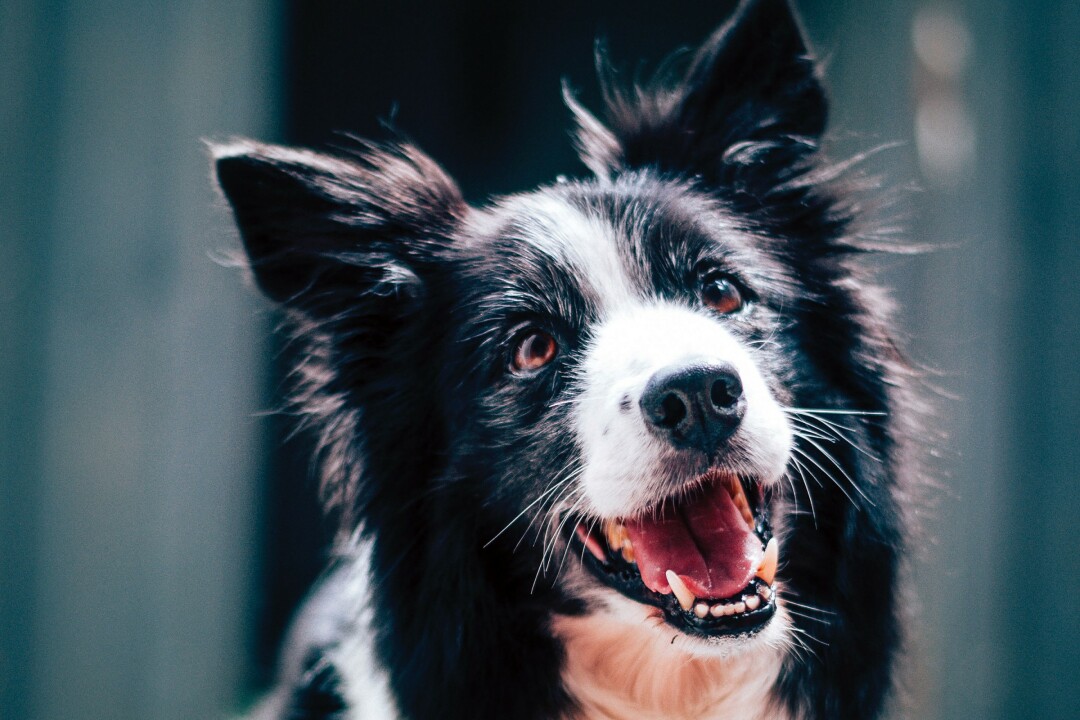How to Ensure Kid & Canine Cooperation
safety tips for parents and dog-owners alike

Just as the summer brings out families in search of fresh air, it brings out dog parents desperate to get the zoomies out of their pent-up pups. As it turns out, one of the things kids and dogs have in common is that they’re usually still learning about good manners, which can result in encounters ranging from adorable to dangerous. Worry not! A watchful eye, when combined with a smidge of situational awareness and good training (for canines and children alike) can ensure the safety of all our favorite people and animals.
Dog owners:
Be honest about your pet’s temperament. We all like to think the best of our dear little doggies, but some personalities should be kept on a tight leash – literally – or in their own fenced yard.
Don’t force your dog to muscle through interactions that make him uncomfortable or nervous when in public or when your attention is divided.
Don’t allow your dog to approach people unsupervised. Parents can be rightfully wary of strange dogs around their children – and some people are generally wary of dogs. It’s better to avoid the tension that might accompany a surprise meeting.
Be diligent in watching your dog, even if she is on a leash. It takes teamwork to avoid unexpected encounters: Kindly and firmly inform children not to approach your dog without permission from you and their parents. In the same vein, thank children (and parents) who are respectful and careful around your pet.
When a child has permission to approach your dog, monitor the interaction. It helps to kneel close to the animal to ensure you can intervene if the animal or child (or parent) shows signs of discomfort. If your pet is being too excited or invasive for the kid’s or parent’s taste, you can end the interaction by thanking them for saying hello and moving your dog away. Remember to keep it friendly!
Be aware of how people are reacting to your dog. If it is making others uncomfortable, the cooperative thing to do is to move along from the area.
Parents:
Talk to your children about animal safety. A proactive conversation about dealing with dogs can go a long way in ensuring safe, positive dog experiences. Kids should know not to approach unsupervised dogs at all. Let them know to ask you before they try to meet a dog, and then to ask the owner for permission.
Teach your children how to approach and pet a dog once they have permission to do so. People should approach dogs calmly and slowly, from the side if possible. Listen to the owner’s preferences and instructions; they know the animal’s quirks. Speak in a low, controlled voice and avoid making big, excited gestures. Let the animal sniff a hand. Pet gently on the shoulders, back, and neck. Avoid the animal’s face, tail, and paws unless you check with the owner; these can be trouble spots for otherwise well-behaved animals. If a dog seems nervous of your approach, (backing away, whining, rolling eyes) don’t push the issue.
Watch your child while they interact with the dog. Don’t let them grab at the dog, or invade its space.
Never allow your child to approach a dog from behind. This can take the animal by surprise, resulting in a quick defensive reaction.
Understand the difference between excitement, warning signs, and an attack. A happy, excited dog may jump on or push over a small child. A nervous or startled dog may whip around or snap her teeth. It’s easy to misconstrue these for aggression if you are unfamiliar with dogs or with a particular dog. If you are uncomfortable with a dog’s behavior, the cooperative thing to do is to move your child away from the area.
Cooperation and communication are key to navigating public spaces as individuals, and especially with children and dogs. Keep things friendly by being responsible, attentive, and understanding.




















